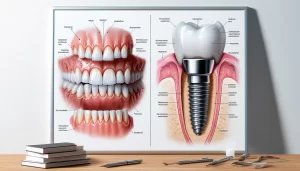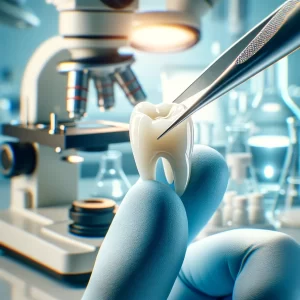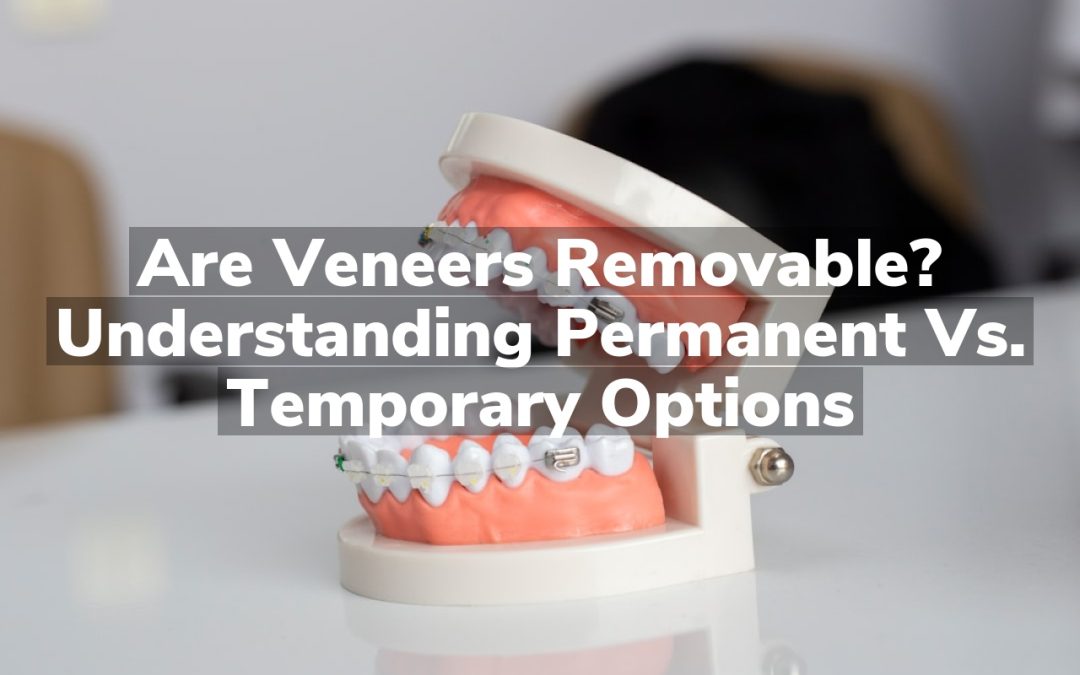Are you wondering if dental veneers are a permanent commitment or if they can be removed? Veneers are typically designed as a long-term solution to enhance the appearance of teeth, but there are different types of veneers with varying degrees of permanence. Understanding the distinction between permanent and temporary veneer options is crucial for setting realistic expectations about this dental procedure.
Dental Veneers vs. Implants: Understanding the Difference

Dental Veneers vs. Implants: A Visual Guide – Learn the key differences between Conyers dental veneers and implants to make informed dental health decisions
When exploring the realm of cosmetic dentistry, it’s essential to distinguish between veneers and implants, as they cater to different dental needs. Veneers are thin shells designed to cover the front surface of teeth, enhancing their appearance by altering their color, shape, size, or length. They are typically made from porcelain or resin-composite materials and are bonded to your existing teeth. On the other hand, dental implants are a more invasive solution that replaces the entire tooth structure, from root to crown. Implants involve a surgical procedure where a metal post is inserted into the jawbone, serving as a sturdy foundation for a replacement tooth.
Understanding the nuances between these two options is crucial for individuals considering cosmetic dental procedures. While veneers primarily address aesthetic concerns and are known for their ability to provide a smile makeover, implants are used in cases of tooth loss where both the aesthetics and functionality of missing teeth need to be restored. Each option has its own set of considerations, including longevity, care requirements, and impact on oral health. For those weighing the financial aspects of cosmetic dentistry, exploring Understanding Dental Veneers Cost: An Investment in Your Smile may provide valuable insight into the investment involved with veneers specifically.
The Durability of Dental Veneers

Testing the durability of Conyers dental veneers — Ensuring lasting beauty and strength.
Dental veneers are a popular choice for those looking to enhance the appearance of their teeth. The longevity of these veneers largely depends on the type of material used and the individual’s oral hygiene practices. Generally, veneers made from porcelain are known for their durability, often lasting anywhere from 10 to 15 years or longer before they may need to be replaced. On the other hand, composite resin veneers typically have a shorter lifespan, usually around 5 to 7 years. It’s important to note that while veneers are designed to be long-lasting, their actual durability can be influenced by factors such as dental habits, diet, and the precision of the initial placement.
The decision between permanent and temporary veneer options should be made after careful consideration of one’s lifestyle and dental needs. Permanent veneers are bonded to the teeth and are not designed to be removed, whereas temporary veneers can offer a less permanent solution. Regardless of the choice, maintaining proper oral hygiene is crucial for preserving the integrity and appearance of dental veneers over time. For those interested in exploring their options for a more perfect smile, Achieve a Flawless Smile with Conyers Veneers.
Veneers: Cosmetic or Functional Solution?
Veneers are often discussed in the context of their aesthetic benefits, enhancing the appearance of teeth by addressing issues such as discoloration, chips, or gaps. However, beyond their cosmetic appeal, veneers can also serve a functional purpose. They may provide a protective layer over damaged tooth enamel and improve the overall structure of teeth, potentially contributing to better oral health. When considering veneers, it’s important to understand that they come in various types, which can influence their longevity and whether they are a permanent or temporary solution to dental concerns.
The Realism of Modern Veneers
The aesthetic appeal of modern veneers has significantly evolved, closely mimicking the natural appearance of teeth. Advances in dental materials and technology have enabled the creation of veneers that reflect light similarly to natural tooth enamel, ensuring that they blend seamlessly with the surrounding teeth. The color, shape, and texture can be customized to match individual preferences and facial features, enhancing the overall smile while maintaining a natural look. Patients seeking to learn more about their dental options can consider consulting with Conyers Dental Associates for professional insights.
Veneers’ Role in Cosmetic Dentistry
Veneers have become a cornerstone in the realm of cosmetic dentistry, offering a transformative solution for those seeking to enhance their smile. Far from being ‘fake teeth’, dental veneers are custom-made, thin shells designed to cover the front surface of teeth, improving their appearance. They are meticulously crafted from porcelain or composite resin materials, which mimic the natural translucency and gloss of tooth enamel. Veneers address a variety of dental concerns, including discoloration, chips, gaps, and irregular shapes, providing a durable and aesthetically pleasing result. By bonding these slender layers directly onto the existing teeth, veneers create a harmonious and radiant smile without the need for more invasive procedures, solidifying their role as a vital tool in modern cosmetic dentistry.
Conclusion
For further inquiries and personalized advice, please don’t hesitate to contact us or call at 770-483-6655.

